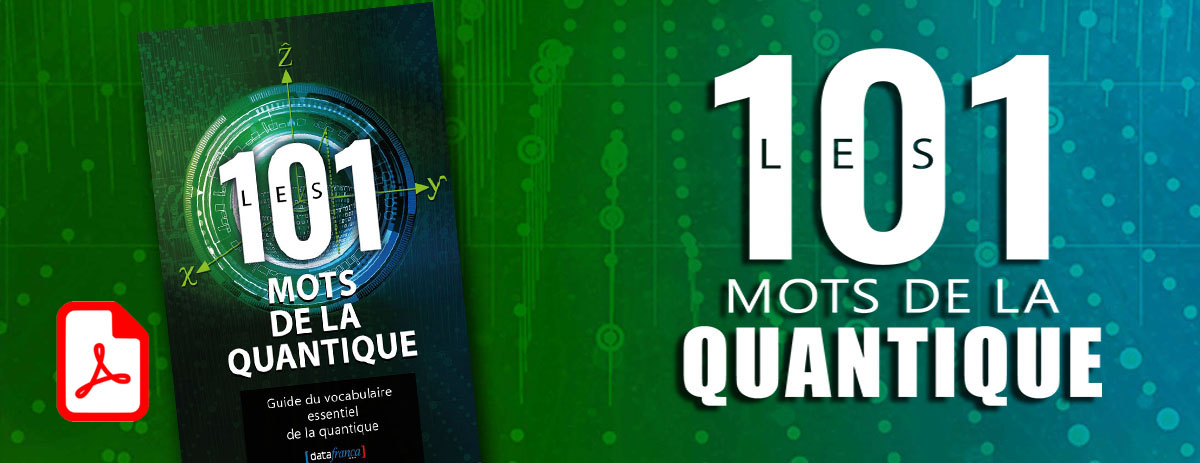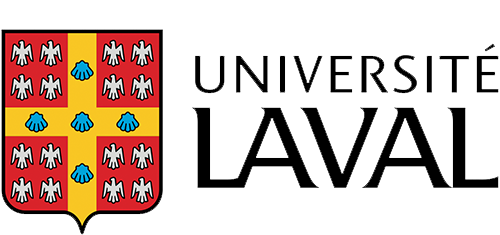« Probabilité algorithmique » : différence entre les versions
Aucun résumé des modifications Balise : Éditeur de wikicode 2017 |
Aucun résumé des modifications Balise : Éditeur de wikicode 2017 |
||
| Ligne 7 : | Ligne 7 : | ||
== Définition == | == Définition == | ||
En théorie de l'information algorithmique, la probabilité algorithmique, également connue sous le nom de probabilité de Solomonoff, est une méthode mathématique d'attribution d'une probabilité antérieure à une observation donnée. Il a été inventé par Ray Solomonoff dans les années 1960. | |||
Il est utilisé dans la théorie de l'inférence inductive et les analyses d'algorithmes. Dans sa théorie générale de l'inférence inductive, Solomonoff utilise la préalable obtenue dans la règle de Bayes pour la prédiction. | |||
Dans le formalisme mathématique utilisé, les observations ont la forme de chaînes binaires finies, et le prior universel est une distribution de probabilité sur l'ensemble de chaînes binaires finies [citation nécessaire]. La priorité est universelle au sens de calcul de Turing, c'est-à-dire qu'aucune chaîne n'a une probabilité nulle. Il n'est pas calculable, mais il peut être approximé. | |||
== Français == | == Français == | ||
''' probabilité algorithmique''' | |||
== Anglais == | == Anglais == | ||
| Ligne 19 : | Ligne 23 : | ||
''' Algorithmic probability ''' | ''' Algorithmic probability ''' | ||
In algorithmic information theory, algorithmic probability, also known as Solomonoff probability, is a mathematical method of assigning a prior probability to a given observation. It was invented by Ray Solomonoff in the 1960s. | In algorithmic information theory, algorithmic probability, also known as Solomonoff probability, is a mathematical method of assigning a prior probability to a given observation. It was invented by Ray Solomonoff in the 1960s. | ||
It is used in inductive inference theory and analyses of algorithms. In his general theory of inductive inference, Solomonoff uses the prior[clarification needed] obtained by this formula[which?], in Bayes' rule for prediction [example needed][further explanation needed]. | |||
In the mathematical formalism used, the observations have the form of finite binary strings, and the universal prior is a probability distribution over the set of finite binary strings[citation needed]. The prior is universal in the Turing-computability sense, i.e. no string has zero probability. It is not computable, but it can be approximated. | |||
[https://en.wikipedia.org/wiki/Algorithmic_probability Source : Wikipedia ] | |||
[Source: http://www.lifl.fr/SMAC/publications/pdf/these-hector-zenil-chavez.pdf Source : lifl.fr] | |||
Version du 14 mai 2020 à 09:15
en construction
Définition
En théorie de l'information algorithmique, la probabilité algorithmique, également connue sous le nom de probabilité de Solomonoff, est une méthode mathématique d'attribution d'une probabilité antérieure à une observation donnée. Il a été inventé par Ray Solomonoff dans les années 1960.
Il est utilisé dans la théorie de l'inférence inductive et les analyses d'algorithmes. Dans sa théorie générale de l'inférence inductive, Solomonoff utilise la préalable obtenue dans la règle de Bayes pour la prédiction.
Dans le formalisme mathématique utilisé, les observations ont la forme de chaînes binaires finies, et le prior universel est une distribution de probabilité sur l'ensemble de chaînes binaires finies [citation nécessaire]. La priorité est universelle au sens de calcul de Turing, c'est-à-dire qu'aucune chaîne n'a une probabilité nulle. Il n'est pas calculable, mais il peut être approximé.
Français
probabilité algorithmique
Anglais
Algorithmic probability
In algorithmic information theory, algorithmic probability, also known as Solomonoff probability, is a mathematical method of assigning a prior probability to a given observation. It was invented by Ray Solomonoff in the 1960s.
It is used in inductive inference theory and analyses of algorithms. In his general theory of inductive inference, Solomonoff uses the prior[clarification needed] obtained by this formula[which?], in Bayes' rule for prediction [example needed][further explanation needed].
In the mathematical formalism used, the observations have the form of finite binary strings, and the universal prior is a probability distribution over the set of finite binary strings[citation needed]. The prior is universal in the Turing-computability sense, i.e. no string has zero probability. It is not computable, but it can be approximated.
[Source: http://www.lifl.fr/SMAC/publications/pdf/these-hector-zenil-chavez.pdf Source : lifl.fr]
Contributeurs: Claude Coulombe, Imane Meziani, wiki, Sihem Kouache










